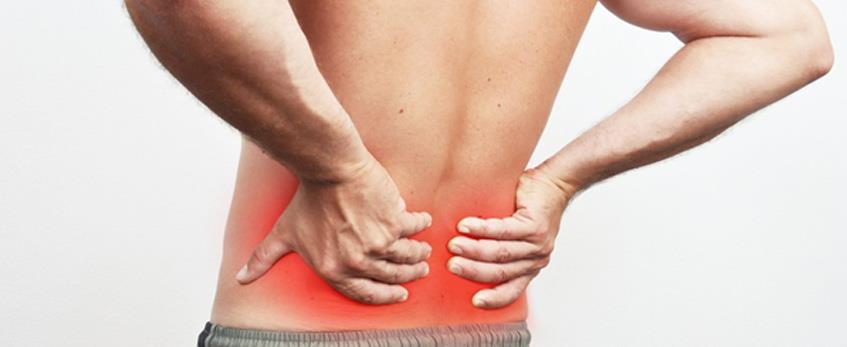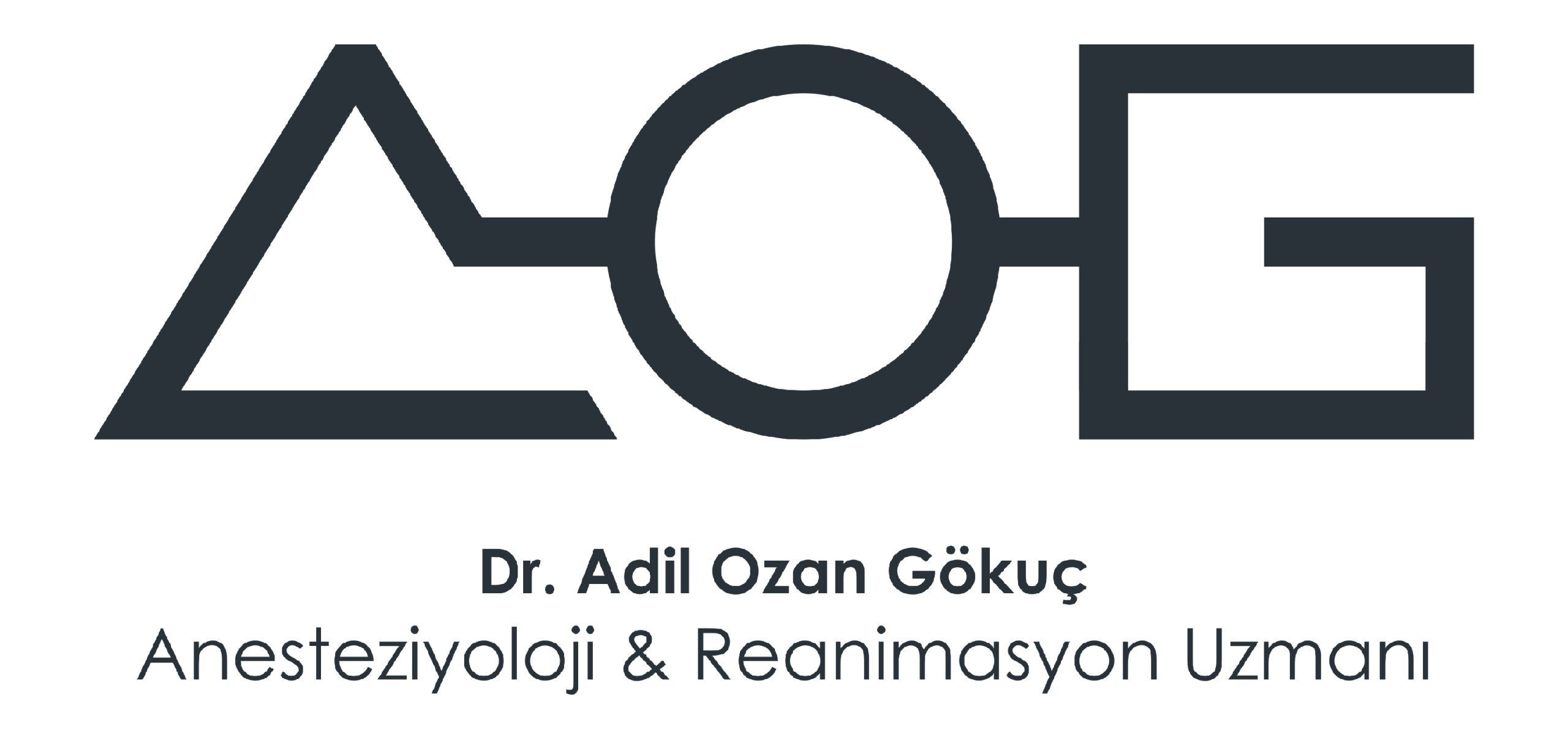Low back pain, medically known as lumbago, is used to describe all types of pain experienced by a person in the waist area due to various reasons. Low back pain affects a large portion of people; While it mostly occurs as a result of injuries and can be healed with natural methods, in some cases it may require medical treatment. For persistent back pain, an appointment can be made from the brain and nerve surgery (neurosurgery) departments of hospitals, since brain and nerve surgery (neurosurgery) is a specialty.
What are the Types of Low Back Pain?
Low back pain is categorized by specialist doctors. We can classify the types of lower back pain as follows:
Pain in the left side
Pain in the right side
moderate lower back pain
upper back pain
lower back pain
What Causes Low Back Pain?
Conditions that commonly cause lower back pain include irritation of the nerves affecting the lower back area, spinal problems, and lower back strain. Typical causes of lower back pain can be listed as follows:
herniated disc
Most pain is of mechanical origin, and this occurs as a result of overuse, strain or deformation of the structures that make up the spine. Low back pain that makes standing and sitting difficult and restricts movements usually suggests a herniated disc. A herniated disc occurs as a result of the rupture of the outer part of the disc in the waist and compression of the nerves as a result of severe damage caused by long-term heavy lifting, strain, stress, and birth. A herniated disc also causes waist and leg pain.
Arthritis
Spondyloarthropathies, which are types of inflammatory arthritis that can affect the waist and hip joints, may cause low back pain in the person.
waist strain
Low back strain is one of the most common causes of lower back pain. Tissues and ligaments are damaged as a result of this strain, which is especially seen in people who do heavy work and do intense sports. As a result of this damage, lower back pain occurs.
Stress fracture and lumbar slip
Lumbar sprains and stress fractures can also cause mild or severe lower back pain.
Bone and joint problems
Bone and joint problems that cause lower back pain can be caused by problems at birth, irritation, wear, inflammation and injury.
Trauma
Traumatic injuries in the lumbar region cause lower back pain as a result of damage to the discs in the lumbar region.
Bone melting (Osteoporosis)
One of the causes of lower back pain is osteoporosis. As a result of osteoporosis, bones in the body become weaker and more fragile. This situation may cause sudden back pain.
nerve irritation
It is possible to experience lower back pain as a result of irritation of the nerves in the spine of the lumbar region.
tumors
Benign or malignant tumors can also cause low back pain. Just as it can occur in the nerves and spinal cord, tumors occurring in other organs (prostate, breast, etc.) can also metastasize and spread to the waist area. This situation may also trigger lower back pain.
Diabetes
It has been observed that neuropathies caused by nerve wear in diabetic patients trigger low back pain.
excess weight
The heavy load created by overweight people damages the lower back muscles and causes lower back pain.
still life
Lack of exercise and a sedentary lifestyle are among the causes of lower back pain because they do not activate the muscles.
Appendicitis
The bursting of appendicitis may cause pain in the stomach and groin, as well as pain in the waist area.
gallbladder inflammation
Inflammations occurring in the gallbladder also affect the waist area. This situation causes lower back pain.
Urinary tract infection
People who have a urinary tract infection are likely to experience a kidney infection. In more severe cases of infection, lower back pain may occur.
Pregnancy
It is also possible to experience back pain due to complications and hormonal changes in the body during pregnancy.
Not every back pain experienced means that the reasons listed are present. In cases of severe back pain, you should consult a specialist physician to diagnose the back pain and plan the treatment process.
What is Good for Lower Back Pain?
In case of lower back pain, it is important to keep moving. 30-minute brisk walking and stretching exercises that will not tire the waist, maintaining a posture in line with the spine, using a waist pillow, applying cold compresses for 15 minutes three times a day, taking a 15-minute hot bath or using a hot water bottle are good solutions for lower back pain.
Doing light exercises without tiring the waist
Despite back pain, daily light exercise such as walking, swimming, or stretching exercises positively affects the muscle structure and relaxes tense muscles. This releases endorphins, which is a natural solution, and relieves the symptoms of back pain.
cold compress
You can minimize your complaints by applying an ice bag wrapped in a towel to the painful area of the waist. In addition, cold compresses are good for sudden and severe back pain.
Changing stance position





